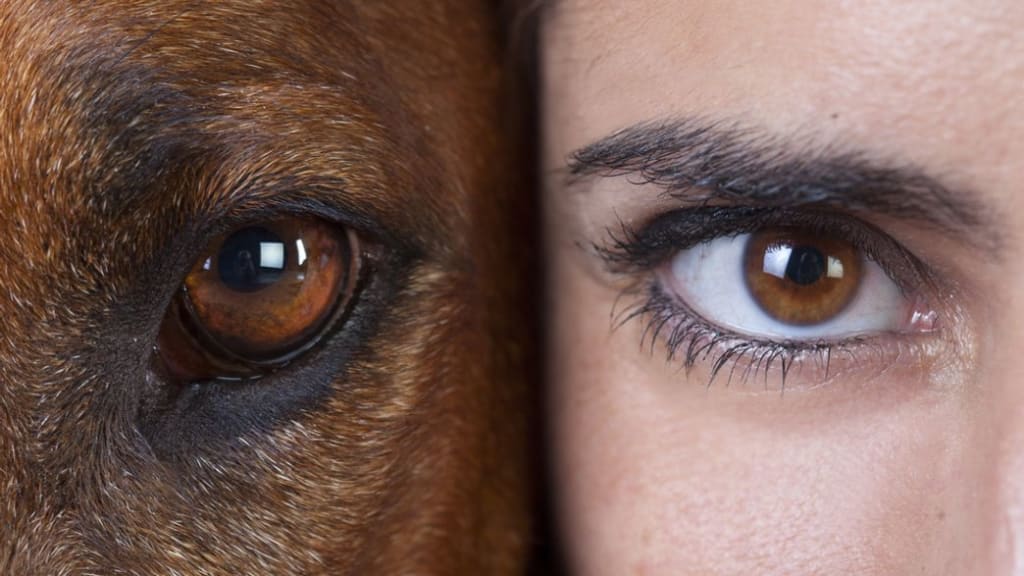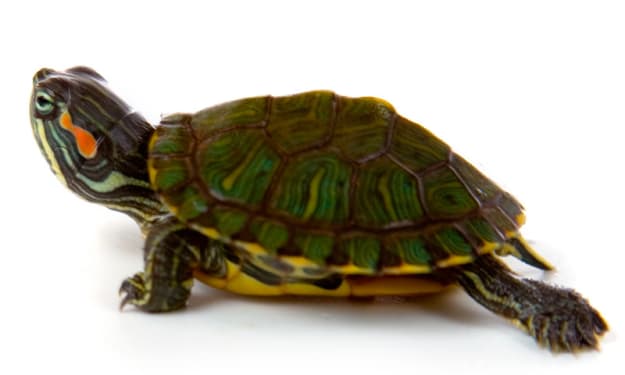Comparative Analysis of Animal and Human Eyes: A Glimpse into Nature's Optical Diversity
Delve into the captivating world of vision as we unravel the intriguing distinctions that set animal eyes apart from their human counterparts.

The animal kingdom boasts an incredible array of species, each adapted to their specific environment and lifestyle. One of the most remarkable adaptations is the diversity of visual systems, which have evolved to cater to the unique needs of different species. While the basic structure of the eye is consistent across many organisms, there are significant differences between animal and human eyes in terms of their anatomy, function, and capabilities.
Anatomy and Structure:
The structure of animal eyes varies greatly from that of humans. For instance, the compound eyes found in insects like bees and flies are composed of numerous tiny individual lenses, allowing them to detect movement and perceive their surroundings with a wide field of view. On the other hand, vertebrate animals like mammals, birds, and reptiles possess camera-like eyes with a single lens that focuses light onto a retina at the back of the eye. This basic structure is found in humans as well.
Visual Acuity and Color Perception:
Human eyes are known for their exceptional visual acuity and color perception. The high concentration of cone cells in the human retina allows for detailed vision and the ability to perceive a wide spectrum of colors. In contrast, some animals prioritize other aspects of vision. For example, predatory birds like eagles and hawks have a greater density of cone cells, similar to humans, but also an additional set of photoreceptor cells called "double cones," which enhance their ability to detect movement and spot prey from a distance.
Nocturnal Adaptations:
Many animals are crepuscular or nocturnal, meaning they are most active during dawn and dusk or at night. To accommodate their lifestyle, these creatures often possess specialized adaptations. Nocturnal animals like owls and cats have a higher number of rod cells in their retinas, which are more sensitive to low light conditions but sacrifice color vision and visual acuity. Additionally, some nocturnal animals, like cats, possess a reflective layer called the tapetum lucidum behind their retinas, enhancing their ability to gather available light and providing that eerie reflective glow in their eyes at night.
Field of View and Specialized Vision:
Animals have evolved eyes that cater to their specific needs. Herbivores, like horses, have eyes positioned on the sides of their heads to provide a wider field of view, helping them detect predators from various angles. Predators, like predators like lions and wolves, have forward-facing eyes that provide binocular vision, enabling accurate depth perception for hunting. Chameleons, known for their remarkable ability to change color, have independently mobile eyes that allow them to observe their surroundings without moving their heads.
Aquatic Adaptations:
Animals living in aquatic environments have unique eye adaptations. Marine mammals like dolphins and seals have eyes with a higher concentration of rod cells to better navigate underwater where light is limited. Some aquatic animals, like fish, can see ultraviolet light, which is invisible to humans and assists them in locating prey and mates underwater.
The diverse array of animal eyes highlights the remarkable adaptability of life on Earth. Evolution has sculpted a wide range of visual systems, each finely tuned to suit the needs of different species in various environments. While human eyes are exceptional in their own right, the world of animal vision offers a fascinating journey into the intricacies of nature's optical diversity. Studying these differences not only deepens our understanding of the natural world but also serves as a source of inspiration for technological advancements and innovations in fields like optics and vision science. Overall, animal eyes vary significantly in structure and function compared to human eyes, as they have adapted to their specific environments and lifestyles.
About the Creator
StorySpinner
Passionate about weaving the threads of reality into captivating narratives. Deep into the realms of research, I uncover the hidden gems of truth that inspire my fact-based stories. Join me on a journey where imagination meets knowledge.






Comments
There are no comments for this story
Be the first to respond and start the conversation.